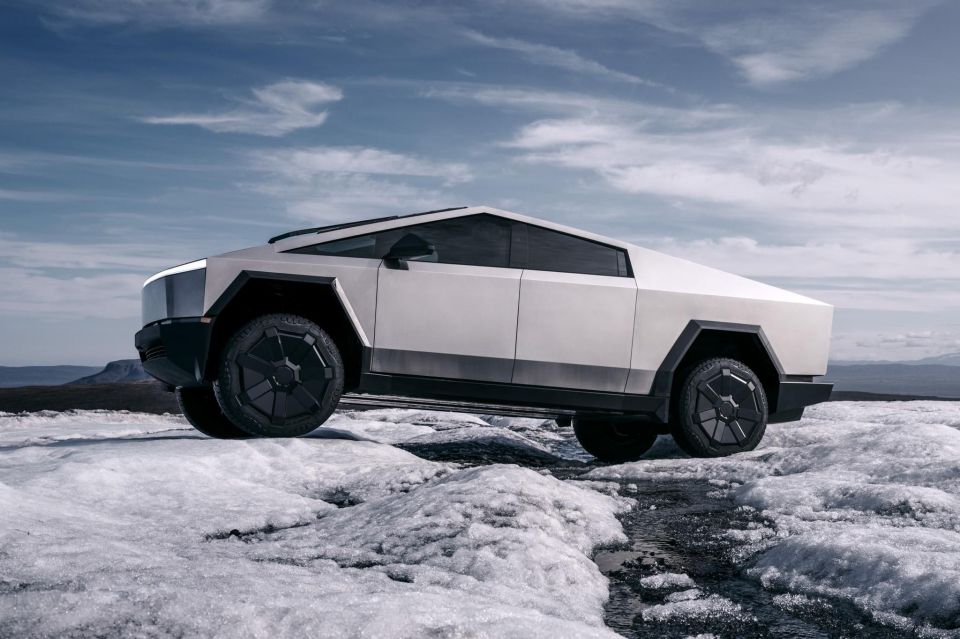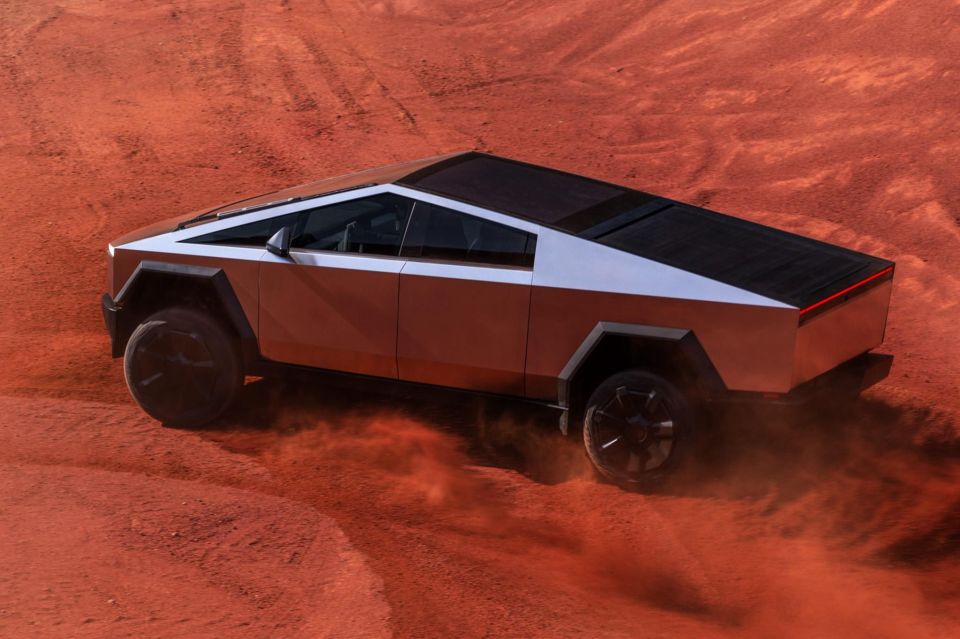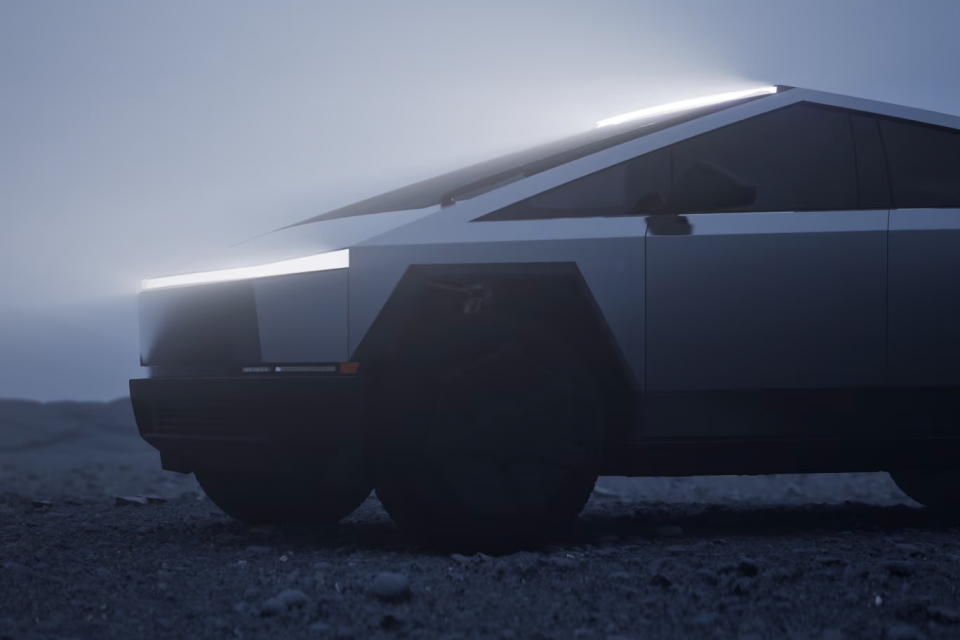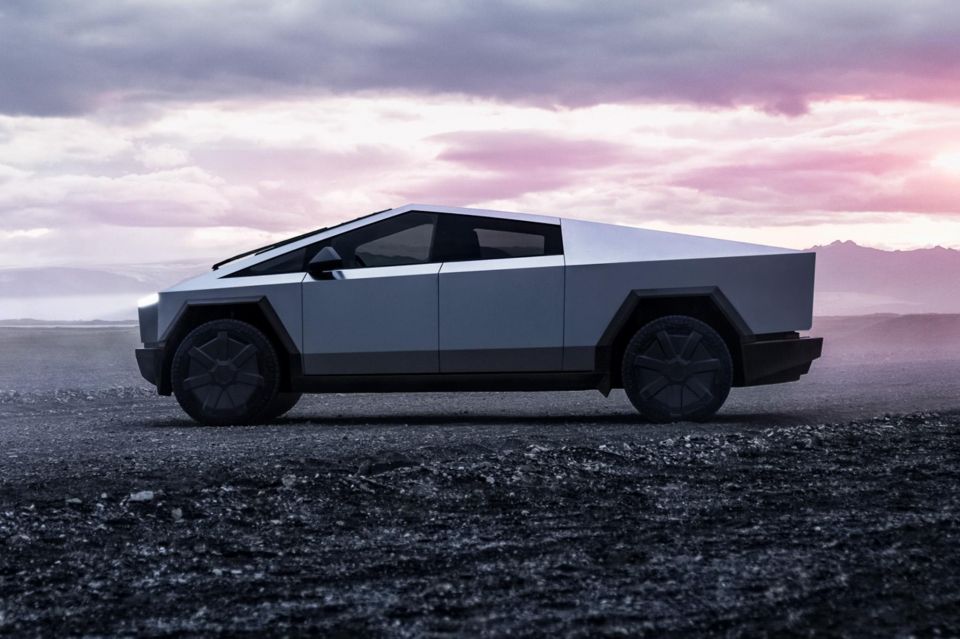

Max Davies
2026 Toyota HiAce review
59 Minutes Ago
The Tesla Cybertruck's exterior may not be as durable as claimed, with some owners reporting early signs of what appears to be corrosion.

The Tesla Cybertruck seems to have lost its shine to a few new owners, who are reporting what appears to be exterior rust shortly after taking delivery.
The electric pickup features a stainless steel exterior that isn’t protected by a clear coat, unlike normal vehicles which typically feature painted steel body panels.
One owner, going by the name Raxar, wrote on Cybertruckownersclub.com that just days after receiving his Cybertruck, he started seeing spots of what appeared to be corrosion.
“I picked it up in Dublin [California] yesterday, it was pouring raining, drove it up to Sacramento and there’s a bunch of tiny orange specks and a few water spots,” the owner posted earlier this month.

“The orange dots aren’t huge, they’re very tiny but they’re apparent. Sure I haven’t washed the car yet but it’s only been two days in the rain.”
According to the user, a Tesla staff member warned of orange spots developing as a result of exposure to rain, with the vehicle having to be buffed to repair the exterior coating.
Another owner, going by the name vertigo3pc, returned their Cybertruck to a Tesla service centre upon discovering similar orange specs.
“Speaking with someone at the facility, they told me 1) they have a procedure/guidance for how to fix it, but 2) they don’t have the tools on hand, nor have they done this repair before,” the user wrote.

“They documented the corrosion, and told me they’ll give me a call next month when the tools have arrived and they can perform the service/repair.”
Vertigo3pc reports the vehicle has “381 miles on it, and has spent much of the 11 days in my custody parked in front of my house”, adding it was exposed to cold weather, rain and direct sunlight.
Other forum users have suggested the purported corrosion could be anything from pollen to metal shavings from the Tesla factory or even railway shavings from train tracks.
There are often misconceptions on the corrosion resistance of stainless steel, which can still corrode.

Stainless steel’s natural corrosion resistance comes courtesy of a protective oxide layer that forms when the material reacts with oxygen.
This layer can still be stripped away by chemicals or in exceptionally corrosive environments (such as coastal environments).
According to the Cybertruck’s user manual, Tesla acknowledges that “it is normal for the stainless steel exterior to mature over time, resulting in minor changes to the reflective properties and colour of the metal”.
It also warns owners to “not wait until the Cybertruck is due for a complete wash” and to “immediately remove corrosive substances (such as grease, oil, bird droppings, tree resin, dead insects, far spots, road salt, industrial fallout, etc)”.

In contrast, regular steel is very susceptible to corrosion if left unprotected, hence the many layers of paint and clear coat applied to modern vehicles.
The Cybertruck has yet to be confirmed for an Australian launch.
Two models of the Tesla Cybertruck are available at this stage. A dual-motor All-Wheel Drive variant starts at US$79,990 (~A$121,000), and the tri-motor Cyberbeast variant costs US$99,990 (~A$151,000).

A single-motor rear-wheel drive version will launch in the US in 2025.
The dual-motor All-Wheel Drive produces 447kW of power and 10,080Nm of torque – the latter expected to be a wheel torque figure, not motor torque – and has a claimed 0-60mph (0-96km/h) time of 4.1 seconds.
The tri-motor Cyberbeast pumps out 630kW and 13,959Nm, slashing the 0-60mph time to 2.6 seconds.
Where expert car reviews meet expert car buying – CarExpert gives you trusted advice, personalised service and real savings on your next new car.


Max Davies
59 Minutes Ago


William Stopford
17 Hours Ago


Ben Zachariah
18 Hours Ago


Derek Fung
19 Hours Ago


Matt Campbell
1 Day Ago


William Stopford
2 Days Ago